
Key Takeways
- A strong global brand identity builds trust, drives loyalty, and enables faster entry into new markets.
- Balancing global consistency with local adaptation is critical to avoid fragmentation and maintain cultural relevance.
- Metrics such as brand awareness, share of voice, and campaign ROI help measure and evolve a brand's identity.
- Digital asset management (DAM) tools such as BrandLife simplify brand management by centralizing assets, enforcing guidelines, and enabling seamless collaboration across regions.
Creating and managing a global brand identity is a cornerstone of successful brand strategy. As companies expand into new markets, they face the challenge of staying consistent while resonating with local cultures.
A well-crafted global brand identity builds trust, drives loyalty, and positions companies for growth in diverse markets. Without it, even strong brands risk fragmentation and missed opportunities.
In this guide, we’ll explore what global brand identity means, why it matters, and how to build, manage, and scale it effectively. We’ll also dive into how digital asset management (DAM) tools like BrandLife make the process simpler and more impactful.
What Is Global Brand Identity?
The Importance of Global Brand Identity
A strong global brand identity offers numerous opportunities for growth and differentiation in a competitive market.
- Trust and recognition: Customers expect consistency whether they encounter your brand in London or New York. A unified brand identity helps build confidence and ensures a seamless experience across markets.
- Growth opportunities: Strong global branding allows businesses to enter new markets with existing equity, leading to faster adoption. By leveraging brand recognition and consumer loyalty from existing regions, companies can expand more efficiently into new territories.
Besides, a Lucidpress study shows that consistent brand presentation can increase revenue by up to 23%.
The Pillars of a Strong Global Brand Identity
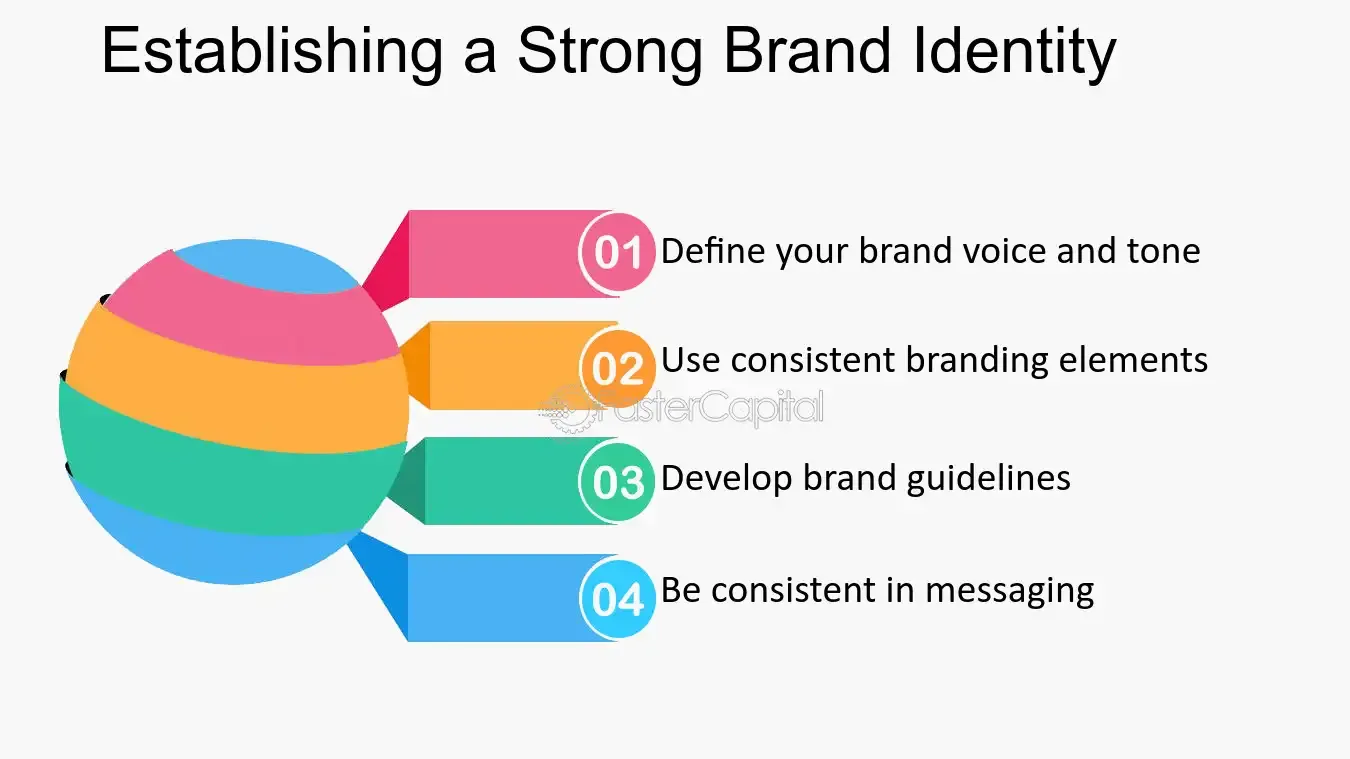
Building an effective global identity relies on four interconnected pillars. When these elements align, brands can scale across regions without losing their essence.
- Purpose and values: A global brand identity starts with a clear purpose and set of values that articulate why the brand exists and what it stands for across all markets.
- Visual consistency: Standardized logos, color palettes, typography, and design guidelines create visual recognition and ensure the brand is instantly identifiable worldwide.
- Voice and tone: An adaptable yet consistent voice and tone help communicate the brand’s personality while respecting cultural nuances in different regions.
- Customer experience: Every interaction—whether online, in-store, or through customer support—should consistently deliver on the brand promise to strengthen trust and loyalty.
Airbnb illustrates how these pillars work in harmony. Its purpose of “belonging anywhere” drives both brand voice and customer experience.
The platform maintains consistent visuals and messaging globally, while adapting services to local laws and cultural expectations. This proves that purpose, consistency, and adaptability can successfully coexist.
Building and Scaling a Global Brand
Building and scaling a global brand involves strategically aligning brand identity with business goals while navigating the complexities of different markets.
To scale your brand globally, follow these strategies:
1. Conduct market research
Thorough research ensures you understand cultural expectations, consumer behaviors, and local competitors. Without this, even well-established brands risk costly missteps.
When Walmart entered Germany in the 1990s, it failed to adapt to local shopping habits and withdrew after losses exceeding $1 billion.
Contrast this with Spotify, which used localized playlists and cultural insights to grow rapidly in new regions. By tailoring music curation and marketing to local tastes, Spotify scaled from Sweden to over 180 markets worldwide.
2. Create global brand guidelines
Brand guidelines act as the single source of truth for your organization’s identity. They outline everything from logo usage and color palettes to tone of voice, photography style, and social media behavior.
Without a unified set of guidelines, teams across geographies often create fragmented campaigns that dilute the brand’s credibility. But effective global guidelines don’t mean rigid rules—they need to strike a balance between consistency and flexibility.
A core identity should remain universal, while leaving space for regional teams to adapt messaging and visuals to cultural nuances.
Unilever’s Dove has global brand guidelines that center around the “Real Beauty” platform. While the core message stays consistent, regional campaigns showcase diverse body types, skin tones, and cultural contexts, making the brand locally relevant without losing its global essence.
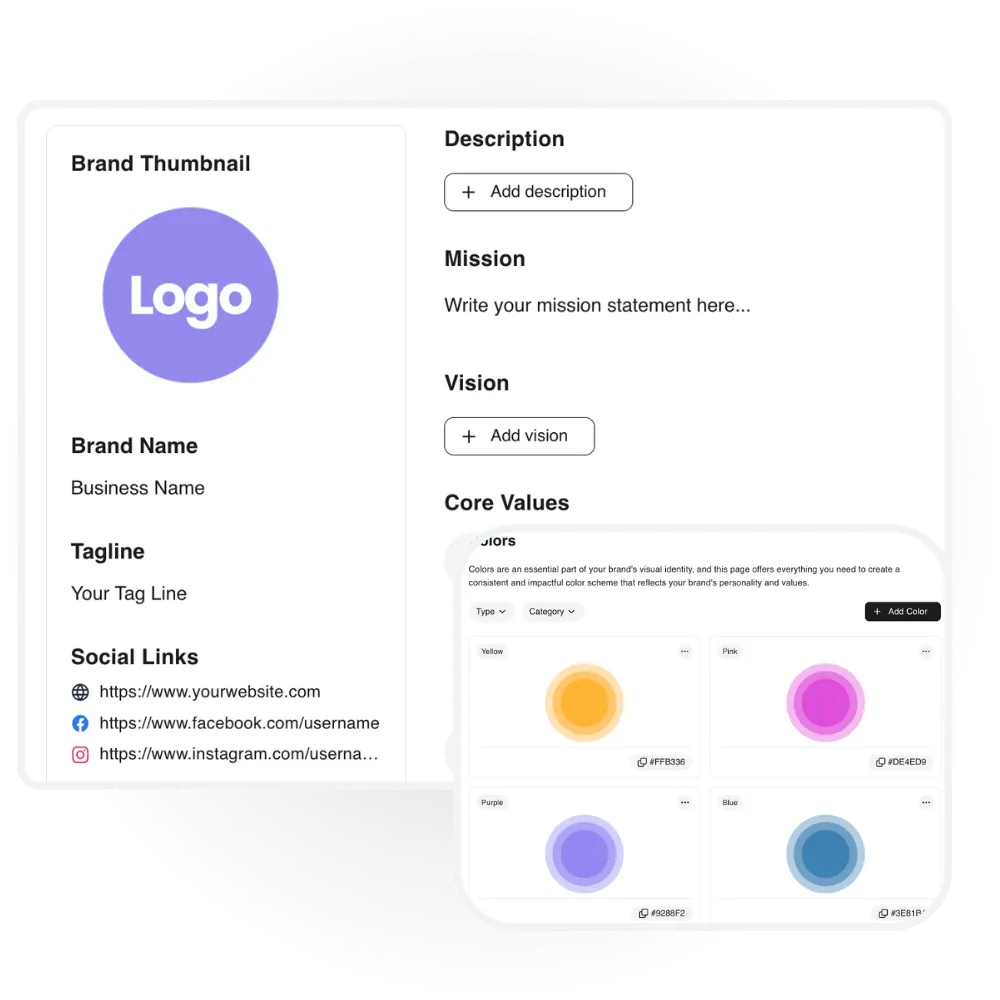
Brand management software like BrandLife makes this easier by hosting guidelines centrally and updating them in real time.
Teams anywhere can access the latest standards, reducing inconsistencies and ensuring campaigns remain both authentic and globally recognizable.
3. Use digital asset management tools
Digital asset management systems are essential for scaling. They centralize approved logos, templates, imagery, and campaign assets, so teams across geographies don’t waste time reinventing or misusing content.
BrandLife makes global brand management seamless by giving marketing and creative teams a central hub for brand assets.

Teams can access, share, and repurpose materials while still staying compliant with global brand standards.
4. Train teams on brand values and execution
Employees and partners are brand ambassadors. Regular training ensures they understand not just the guidelines but also the deeper brand values.
The Ritz-Carlton empowers every staff member globally with a $2,000 discretionary budget per guest to resolve issues in line with its brand promise of exceptional service. This investment in employee training and empowerment has helped Ritz maintain service consistency worldwide.
Training builds alignment and trust, which is essential for a strong global brand identity. When teams are confident in living the brand’s values, customers experience a seamless identity across touchpoints—whether through marketing campaigns, customer service, or in-person interactions.
5. Test and adapt messaging for cultural fit
Messaging should always be tested in new markets to avoid cultural misalignment. A phrase, color, or symbol that resonates in one country may confuse or even offend in another.
The goal is to preserve the brand’s core essence while tailoring campaigns to reflect local preferences and expectations.
With tools like BrandLife, teams can run localized campaigns without straying from brand identity. Brand managers can quickly share approved templates and assets, while regional teams adapt copy and visuals for cultural relevance.
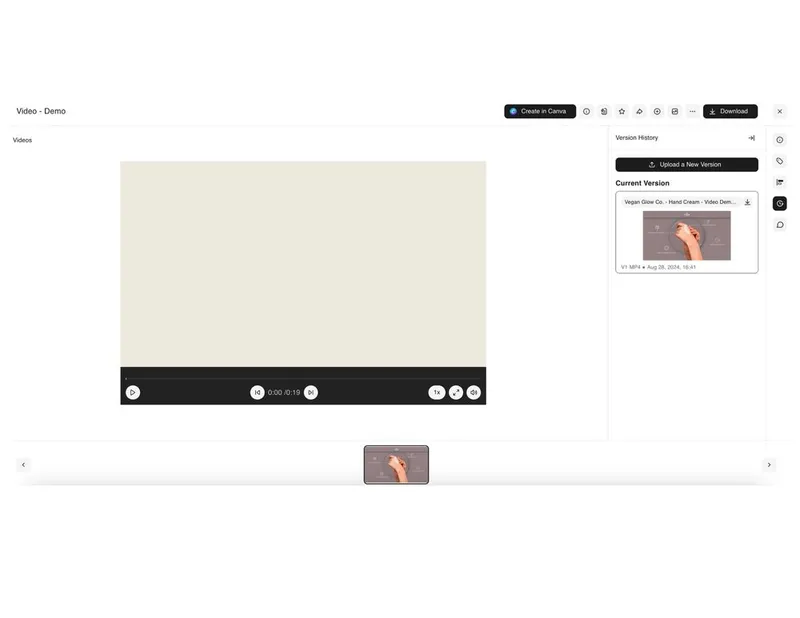
To measure the effectiveness of localized messaging, track key metrics such as:
- Message recall: Do audiences remember the brand and its core message?
- Engagement rates: Are local campaigns driving interactions across digital channels?
- Brand sentiment: How do customers perceive the brand before and after localized activations?
- Conversion rates by market: Are adapted messages resonating enough to drive action?
- Consistency audits: Are regional adaptations still aligned with global brand guidelines?
By monitoring these metrics, organizations can strike the right balance between cultural fit and global consistency.
Best Practices for Building Global Brand Identity Across Markets
Expanding into multiple markets demands adaptability, cultural awareness, and proactive strategies to safeguard your brand’s credibility worldwide. Here are some of the best practices to consider while building a global brand.
Online reputation and crisis management
A global brand’s reputation can be impacted overnight, and even a local misstep can quickly escalate into a global issue.
The key to online reputation management is to anticipate risks, create a clear crisis playbook, and empower regional teams to respond swiftly while staying aligned with global guidelines. Transparency, speed, and consistency are critical for protecting long-term credibility.
For instance, in 2020, clothing brand H&M faced backlash in China over a statement on sourcing cotton. The controversy led to boycotts and store closures.
While the brand initially struggled with fragmented messaging, it highlighted the importance of prepared, culturally attuned crisis management plans that address regional sensitivities while preserving global values.
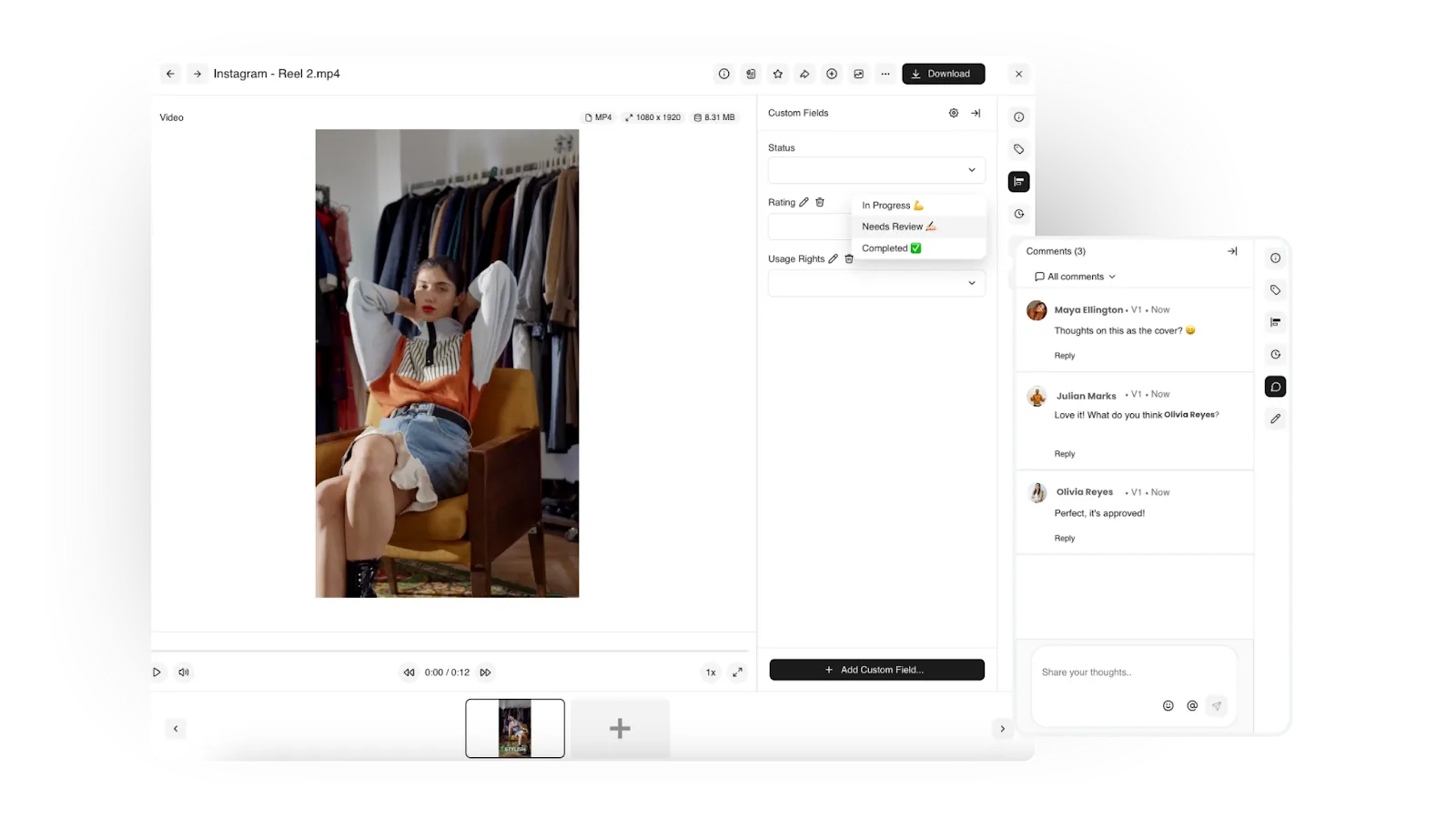
With BrandLife’s collaboration tools, brand managers can centralize approved responses, update messaging in real time, and give regional teams clear frameworks for local adaptation.
Integrating marketing across channels
For global consistency, marketing efforts must be integrated across every channel—digital ads, social media, email, websites, and offline campaigns. It’s not just about using the same logo everywhere; it’s about creating a seamless narrative where each channel reinforces the others.
Start by building a unified campaign framework that defines the core message, visuals, and tone. From there, adapt the execution for each platform—for example, condensing long-form messaging into snackable social posts, or tailoring visuals for region-specific outdoor ads.
Conduct regular cross-channel audits to ensure teams aren’t deviating from brand guidelines.
BrandLif enables you to centralize approved assets, templates, and campaign guidelines in one place.
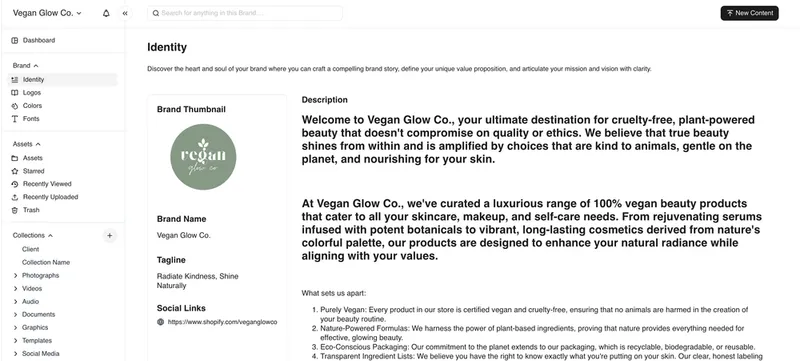
This ensures designers, marketers, and regional partners always have access to the latest materials, reducing duplication and misalignment.
Leveraging technology for global brand management
Technology is the backbone of managing brand identity at scale. Traditional tools like shared drives, email attachments, and local storage often create fragmentation.
Different teams may end up using outdated logos, inconsistent visuals, or region-specific messaging that strays from the brand’s core identity.
This is where digital asset management platforms come in. Digital asset management platforms like BrandLife ensure teams worldwide have access to the right logos, campaign templates, and product visuals. It reduces the risk of misaligned messaging and brand dilution.
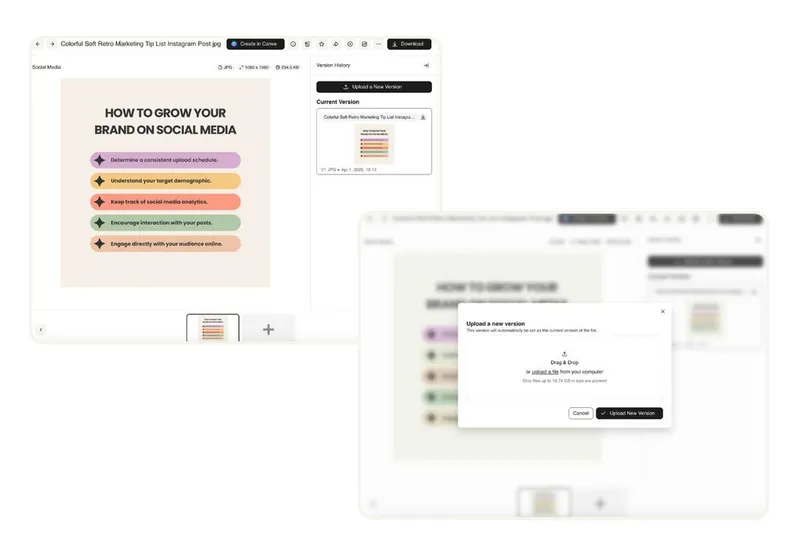
The platform goes beyond storage by offering version control, approval workflows, and permission settings. This ensures that every asset used, whether in San Francisco or Paris, is fully aligned with the global brand identity.
Here’s how digital asset management solutions differ from traditional tools:
Traditional tools vs digital asset management tools
Measuring and evolving global brand identity
Measuring the success of your global brand identity ensures your efforts resonate across markets and remain adaptable to change. Key metrics include:
- Brand awareness and recall: Measure through surveys, search trends, or social listening tools to see how well consumers recognize your brand globally.
- Share of voice: Track via media monitoring tools to compare your visibility against competitors across digital and traditional channels.
- Customer trust and loyalty: Evaluate through Net Promoter Score (NPS), repeat purchase rates, or retention metrics to gauge brand strength.
- ROI of global vs. regional campaigns: Assess by analyzing conversions, engagement, and sales performance across different markets.
Regular brand audits and structured feedback from local teams ensure your identity evolves with consumer expectations. BrandLife’s built-in analytics give you real-time insights into how your brand performs worldwide.
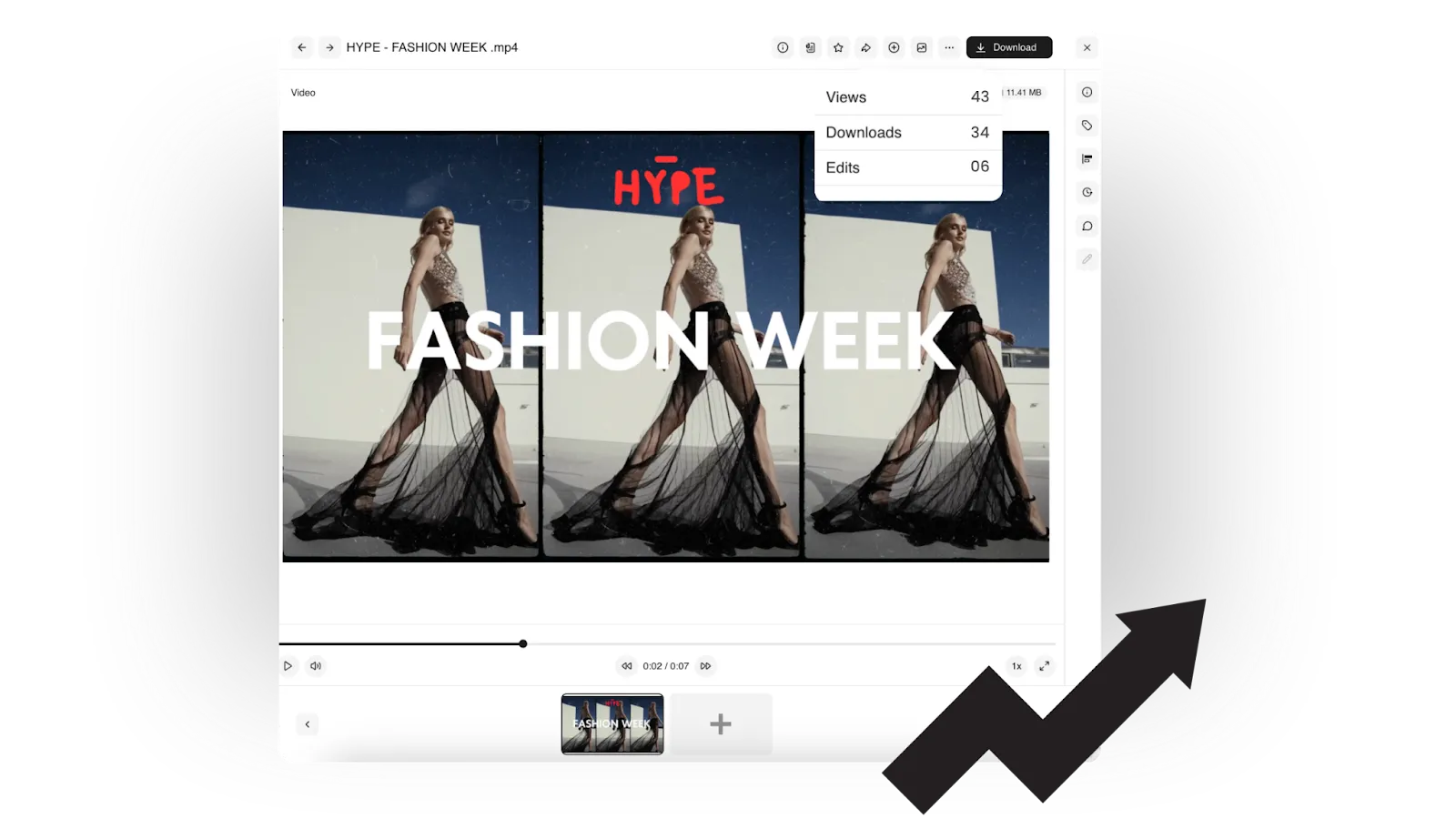
Over time, your brand should evolve to meet new trends, consumer expectations, and global challenges.
Future-Proof Your Global Branding Strategy with BrandLife
The future of global branding is defined by agility, digital-first strategies, and real-time adaptability. Companies that invest in scalable systems will lead in brand equity and efficiency.
BrandLife empowers organizations to future-proof their global brand identity by centralizing and protecting assets, ensuring compliance with brand guidelines, and enabling flexible yet consistent execution. It also accelerates campaign rollouts across regions, helping brands scale with confidence.
Here are some of its key features for building brand consistency across regions:
AI-powered tagging and search

The BrandLife platform enables you to quickly find approved assets with smart tagging and advanced filters, reducing time wasted on manual searches.
Slack integration
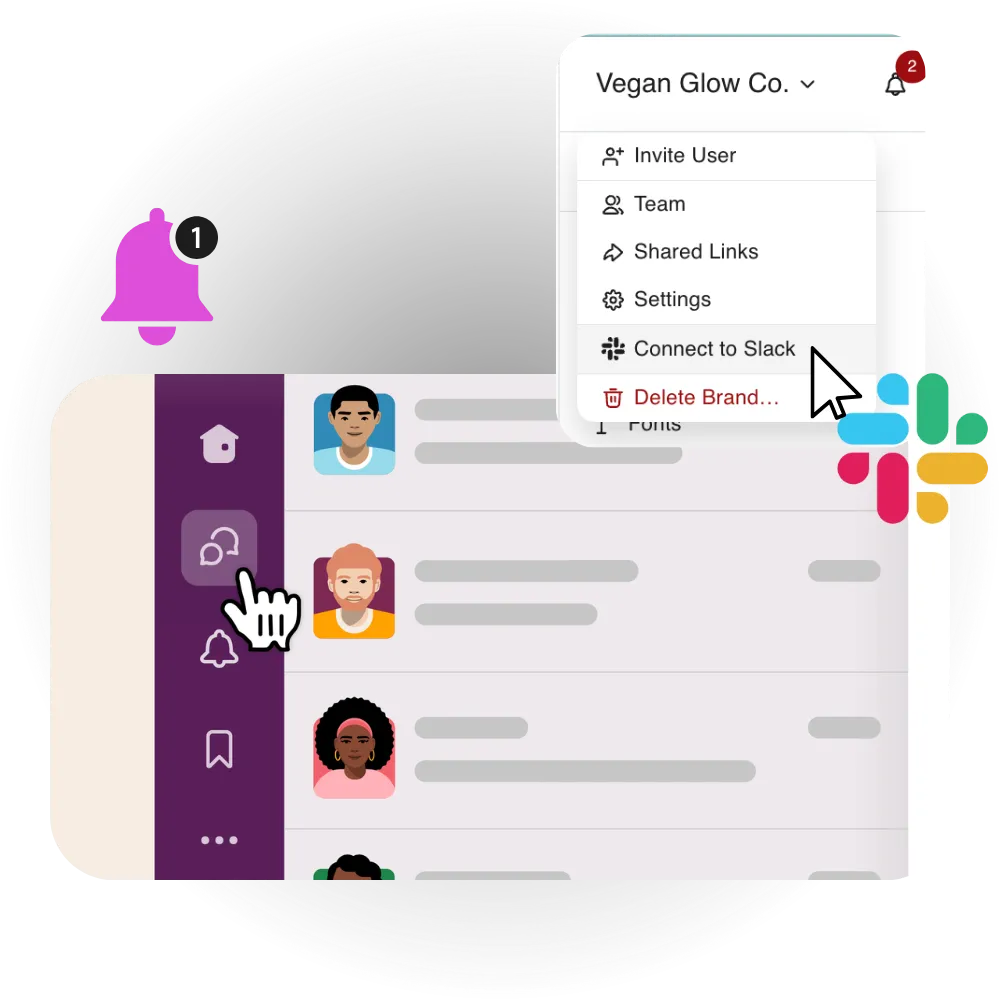
Using BrandLife, you can share, approve, and collaborate on assets directly within your team’s daily workflows for faster alignment. It seamlessly integrates with communication channels like Slack and other creative tools like Figma, Canva, etc.
Centralized repository hub
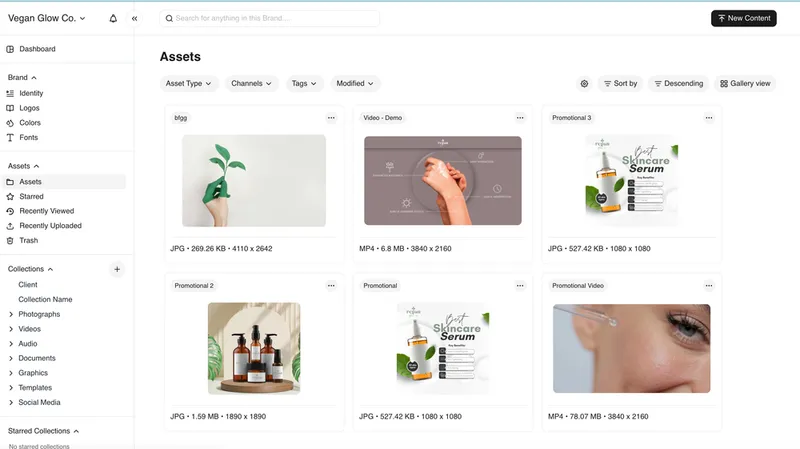
BrandLife’s digital asset storage workspace makes it easy to store, organize, and manage all brand assets in one secure location accessible worldwide.
Ready to scale your brand with confidence? Sign up for a 14-day free trial and explore how BrandLife can simplify global brand identity management today.
Frequently Asked Questions
Global brand identity is the consistent expression of a brand’s purpose, visuals, voice, and customer experience across markets. It’s important because it builds recognition, trust, and loyalty while allowing a brand to scale internationally.
Brand consistency comes from clear brand guidelines, regular training, and the right tools to share approved assets. Besides, balancing global rules with local flexibility ensures teams can adapt without diluting the brand.
Digital asset management platforms like BrandLife centralize brand assets, enforce guidelines, and enable regional teams to access approved templates. This keeps branding aligned worldwide while speeding up collaboration and campaign rollouts.





